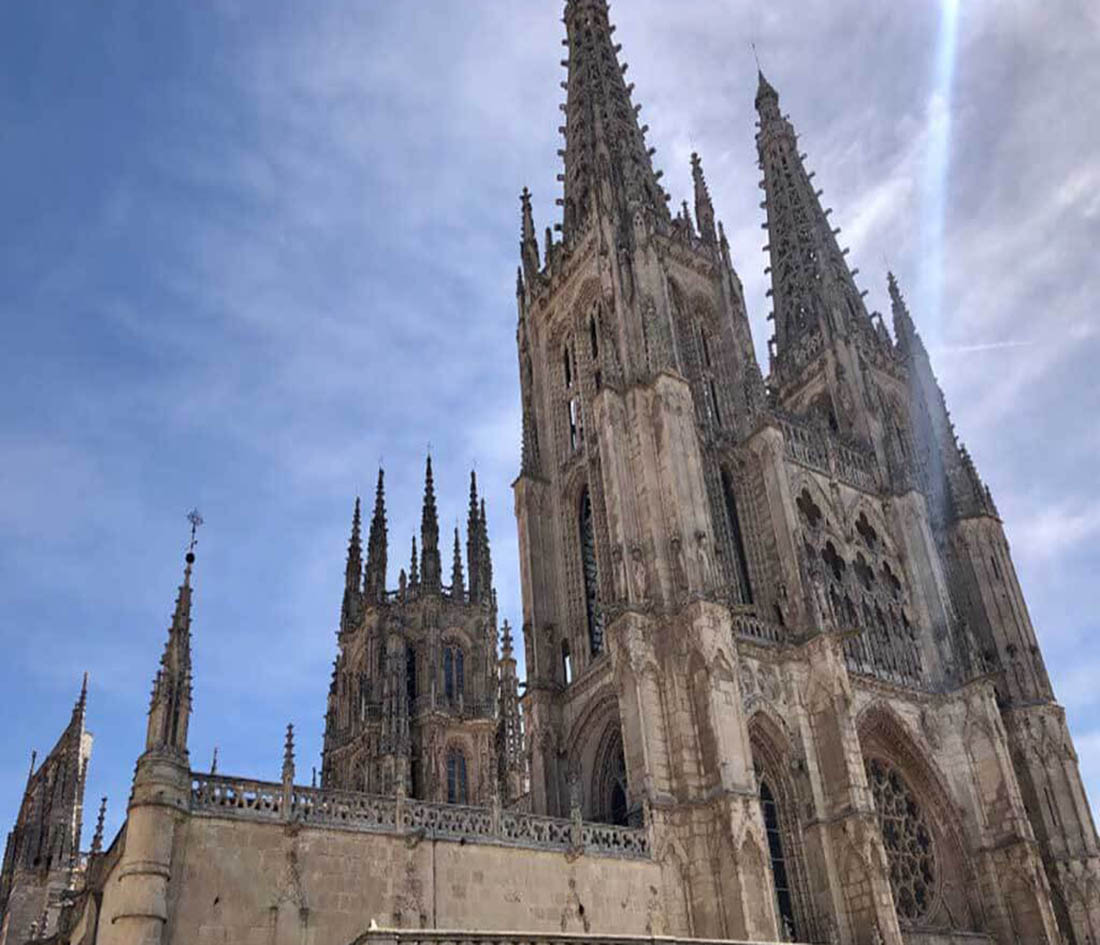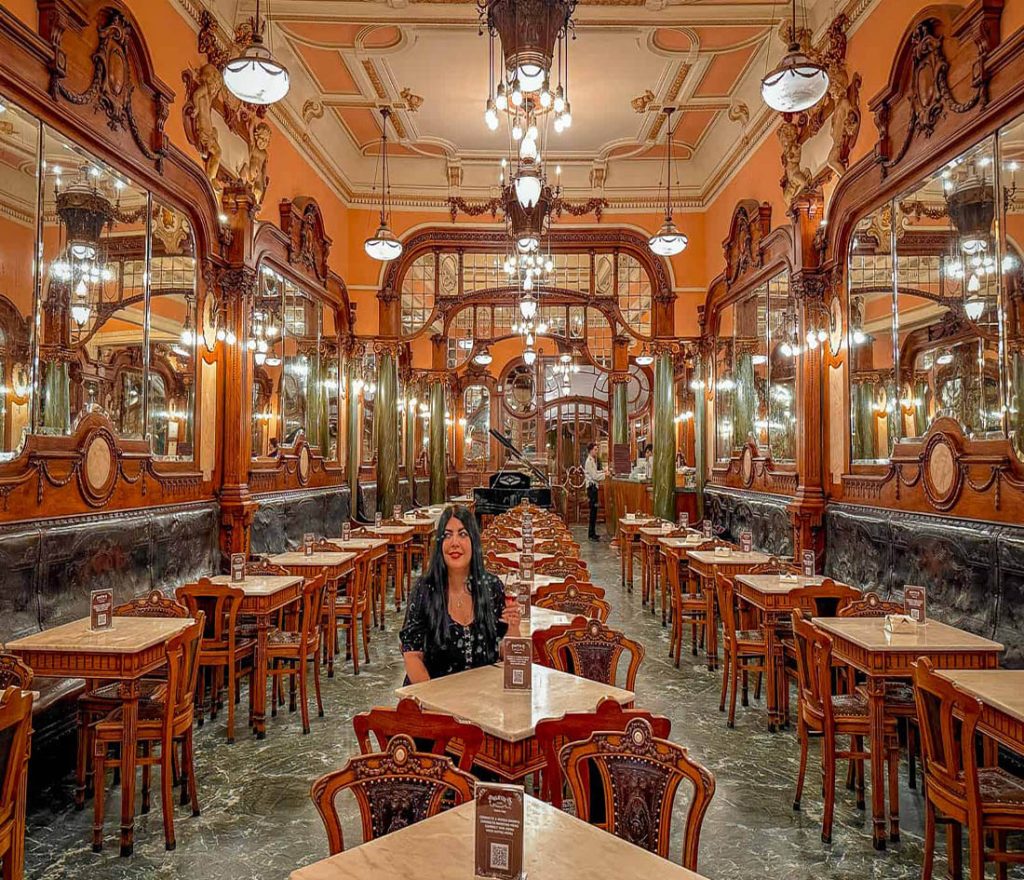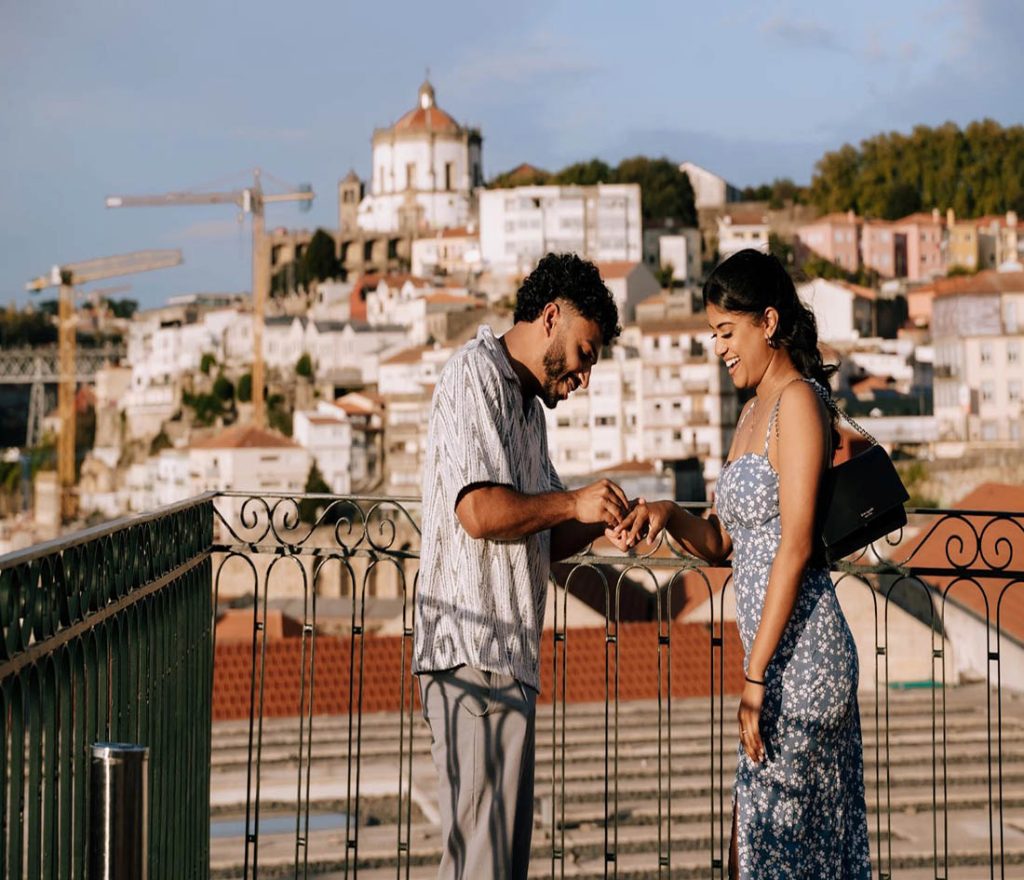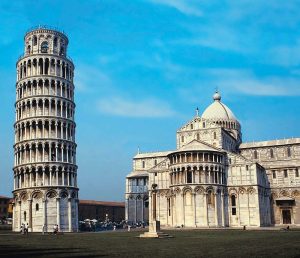
Exploring the Enchanting City of Porto: A Journey Through Romance and Charm
In the warm embrace of an August sun, I embarked on a journey to Portugal’s second-largest city—Porto, often referred to as the “Capital of the North.” This city is a hidden gem that seamlessly blends historical richness, architectural marvels, culinary delights, and a romantic atmosphere that seems to linger in the air. Porto is a place where time slows down, allowing you to savor each moment, each view, and each taste. On this trip, I delved deep into the soul of Porto, discovering its unique charm and indulging in its captivating beauty.
The Majestic Churches of the Historic Center
My adventure began in Porto’s historic center, a UNESCO World Heritage site that brims with history and grandeur. The narrow cobbled streets, lined with ancient buildings, led me to some of the most awe-inspiring churches I have ever seen. Each church in this city tells a story—a story of faith, art, and history intertwined.
The first stop on my journey was the Porto Cathedral (Sé do Porto), one of the city’s most iconic landmarks. Perched on a hill, the cathedral offers a panoramic view of Porto that is nothing short of breathtaking. Built in the 12th century, the cathedral’s exterior is a fine example of Romanesque architecture, characterized by its imposing stone façade and fort-like appearance. As I stepped inside, I was greeted by a blend of Gothic and Baroque elements, with intricate carvings and golden altars that seemed to shimmer in the soft light filtering through the stained glass windows. The atmosphere inside was one of solemnity and reverence, a place where the weight of history is palpable.
After soaking in the serenity of the cathedral, I wandered through the historic quarter, where I stumbled upon the Clérigos Tower (Torre dos Clérigos). This towering structure, rising 75 meters into the sky, is a defining feature of Porto’s skyline. Built in the 18th century, the Clérigos Tower is a masterpiece of Baroque architecture. Climbing its 240 steps was no easy feat, but the reward was well worth the effort. From the top, I was treated to a 360-degree view of Porto, with the Douro River winding its way through the city, and the red-tiled rooftops creating a picturesque mosaic below. The city unfolded before me like a living canvas, a blend of natural beauty and human craftsmanship.
My exploration of Porto’s churches would not have been complete without a visit to the Church of Saint Ildefonso (Igreja de Santo Ildefonso). Built in the 18th century, this church is a vibrant display of Porto’s artistic heritage. Its façade is adorned with over 20,000 blue and white azulejos, traditional Portuguese tiles that depict scenes from the life of Saint Ildefonso and various biblical stories. Standing in front of this magnificent church, I couldn’t help but feel a sense of peace and timelessness, as if these tiles were not just telling stories of the past, but also whispering secrets to the present.
A Romantic Cruise on the Douro River
Having explored the historic center, I decided to take a leisurely cruise along the Douro River, the lifeblood of Porto. The Douro River is not just a geographical feature; it is the very essence of the city, a silent witness to its history and a provider of its prosperity. Cruising along this river is one of the most serene and romantic experiences one can have in Porto.
I boarded a traditional Rabelo boat, a vessel once used to transport barrels of port wine from the vineyards of the Douro Valley to the cellars of Porto. Today, these boats offer visitors a unique way to experience the beauty of the city from the water. As the boat gently drifted away from the quay, I felt the warm breeze on my face, the sun casting a golden hue on the water, and the city slowly revealing itself in all its glory.
From the deck of the boat, I had a perfect view of Porto’s iconic bridges, each with its own story and character. The most famous of these is the Dom Luís I Bridge (Ponte de Dom Luís I), an architectural marvel that connects Porto with Vila Nova de Gaia on the opposite bank. This double-deck iron bridge, designed by a disciple of Gustave Eiffel, is a symbol of Porto’s ingenuity and resilience. As we passed beneath the bridge, I marveled at its towering arches and intricate ironwork, feeling a deep sense of admiration for the city and its people.
The cruise continued, revealing the charming facades of the Ribeira district, with its colorful houses stacked haphazardly along the steep riverbank. These buildings, with their faded pastel hues and wrought-iron balconies, are a testament to Porto’s rich history and its enduring spirit. The boat glided past ancient warehouses, once the heart of Porto’s wine trade, now transformed into trendy restaurants, cafes, and museums. The contrast between the old and the new, the past and the present, is one of Porto’s most enchanting qualities.
As we sailed further down the river, the landscape began to change. The bustling city gave way to rolling hills covered in lush vineyards, a reminder of Porto’s deep connection to the wine industry. These vineyards are the birthplace of Port wine (Vinho do Porto), a rich, sweet wine that has been produced in the Douro Valley for centuries. Onboard, I had the pleasure of tasting several varieties of this famous wine, each with its own unique character. From the crisp and refreshing White Port to the deep and complex flavors of the Tawny Port, every sip was a journey through the region’s history and traditions.
Discovering Iconic Architecture: Lello Bookstore and Majestic Café
After the tranquility of the river cruise, I returned to the city center, eager to explore some of Porto’s most iconic architectural treasures. My first stop was the Lello Bookstore (Livraria Lello), often hailed as one of the most beautiful bookstores in the world. From the outside, Lello may appear modest, but once inside, it reveals itself as a true masterpiece of design and craftsmanship.
Lello Bookstore, which opened its doors in 1906, is a marvel of neo-Gothic architecture. The intricate woodwork, the stunning stained glass ceiling, and the sweeping red staircase all contribute to its magical atmosphere. The staircase, in particular, is a sight to behold—a graceful, serpentine structure that seems to float in mid-air. As I ascended the stairs, I felt as though I was stepping into another world, a world where literature and art intertwine to create something truly extraordinary. The bookshelves, filled with a carefully curated selection of books, invite visitors to lose themselves in the pages of a good book, while the overall ambiance of the store evokes a sense of wonder and imagination.
Lello Bookstore is not just a place to buy books; it is a cultural landmark that has inspired countless visitors, including the likes of J.K. Rowling, who is said to have drawn inspiration from this very store while writing her famous Harry Potter series. Walking through the aisles, I could easily imagine the characters from her books coming to life in this enchanting setting, with the rich history and artistic flair of Porto serving as the perfect backdrop.

Leaving Lello, I made my way to another of Porto’s iconic institutions, the Majestic Café. This café, which first opened its doors in 1921, is a quintessential example of the Belle Époque style, with its ornate mirrors, luxurious wooden furniture, and sparkling chandeliers. The moment I stepped inside, I was transported back to a time of elegance and refinement, a time when intellectuals, artists, and politicians would gather here to discuss the issues of the day over a cup of coffee.
At Majestic, I indulged in one of Portugal’s most beloved treats—the Pastel de Nata, a rich and creamy custard tart with a flaky, buttery crust. Paired with a perfectly brewed cup of coffee, it was a moment of pure bliss. As I sat there, savoring the flavors and soaking in the atmosphere, I couldn’t help but feel a deep connection to the history and culture of Porto. The café, with its timeless charm and welcoming ambiance, is a place where the past and present coexist in perfect harmony.
Delving into Porto’s Culinary Delights
No visit to Porto would be complete without experiencing its rich culinary heritage. The city’s cuisine is a reflection of its history, geography, and the creativity of its people. From hearty traditional dishes to fresh seafood, Porto offers a feast for the senses.
One of Porto’s most famous dishes is the Francesinha, a decadent sandwich that is not for the faint of heart. This hefty dish consists of layers of cured meats, steak, and sausage, all covered in melted cheese and smothered in a rich beer-based sauce. The Francesinha is typically served with a side of French fries, making it a meal that is both indulgent and satisfying. I decided to try this iconic dish at Café Santiago, a local favorite known for its exceptional Francesinhas. The moment the dish arrived at my table, I knew I was in for a treat. The combination of flavors—the savory meats, the creamy cheese, the tangy sauce—was simply divine, and each bite was a testament to the culinary creativity that Porto is known for.
Seafood is another highlight of Porto’s culinary scene, and no visit would be complete without sampling the Grilled Sardines (Sardinhas Assadas). These small, flavorful fish are a staple of Portuguese cuisine, especially during the summer months when they are at their freshest. I enjoyed a plate of grilled sardines at a riverside restaurant, where they were simply prepared with olive oil, garlic, and a squeeze of lemon. The sard
ines, with their crispy skin and tender flesh, were bursting with flavor—a true taste of the Atlantic. Sitting on the terrace, with the Douro River flowing gently by and the sun setting in the distance, I savored each bite, feeling completely at peace with the world.
Porto is also famous for its Pastéis de Bacalhau (Codfish Cakes), a traditional snack made from salted cod, potatoes, and herbs. These golden, crispy cakes are a beloved treat throughout Portugal, and in Porto, they are elevated to an art form. I sampled these delicious bites at a small eatery in the heart of the city, and they did not disappoint. The codfish cakes were perfectly seasoned, with a crunchy exterior and a soft, flavorful interior. Paired with a glass of Vinho Verde, a light and refreshing Portuguese wine, they made for a delightful and satisfying snack.

The Romance and Memories of Porto
As my time in Porto drew to a close, I found myself reflecting on the romance and charm that had defined my visit. From the majestic churches and tranquil river cruise to the iconic architecture and culinary delights, every aspect of the city had left an indelible mark on my heart. Porto is a city where history and modernity coexist in perfect harmony, where every corner holds a story, and where the simple pleasures of life are celebrated with gusto.
In August, Porto is bathed in golden sunlight, with warm breezes that carry the scent of the sea and the sound of distant laughter. It is a time when the city comes alive, yet retains its laid-back, welcoming vibe. As I stood on the banks of the Douro River, watching the sun dip below the horizon and the city lights begin to twinkle, I felt a profound sense of contentment and peace. Porto’s beauty lies not just in its stunning vistas or historic landmarks, but in the way it makes you feel—relaxed, inspired, and deeply connected to something greater.
Porto is not just a city; it is a state of mind, a place where time seems to stand still, allowing you to fully immerse yourself in the moment. As I prepare to leave, I know that the memories I have made here will stay with me forever, like the lingering taste of a fine port wine—rich, complex, and unforgettable.

